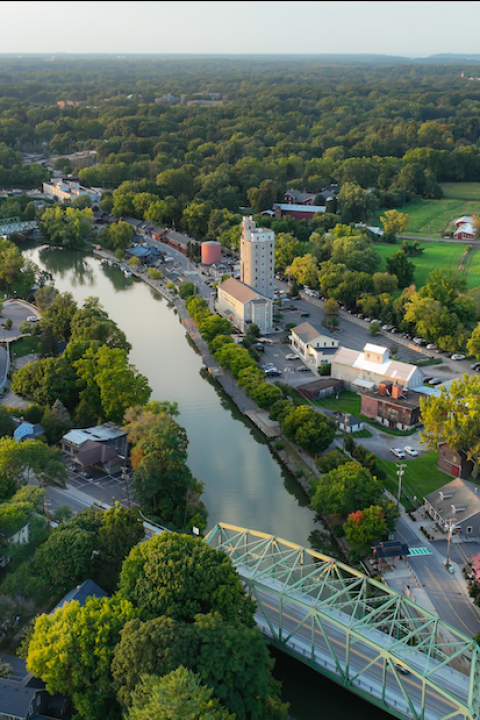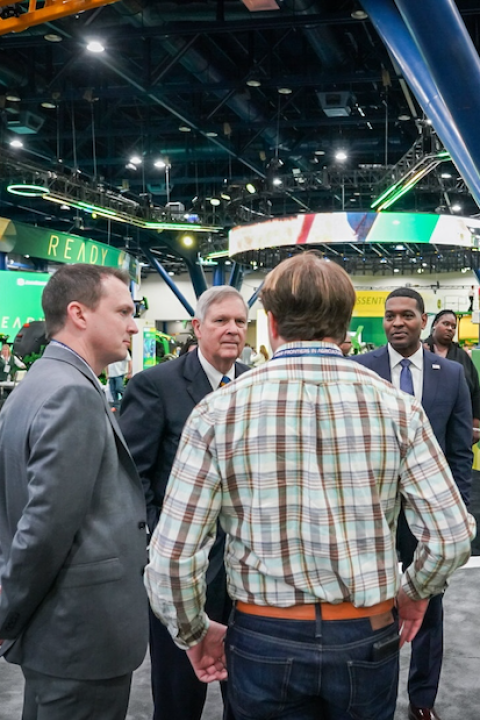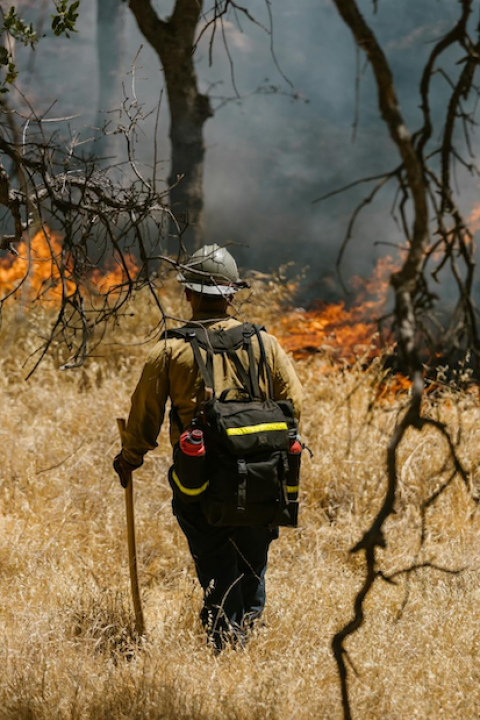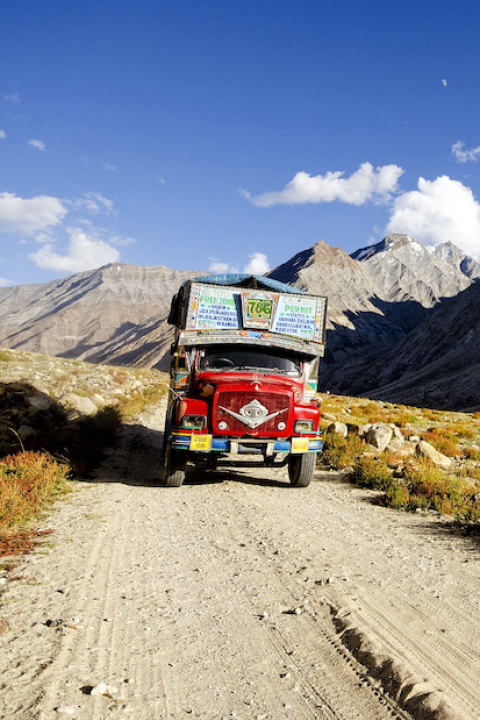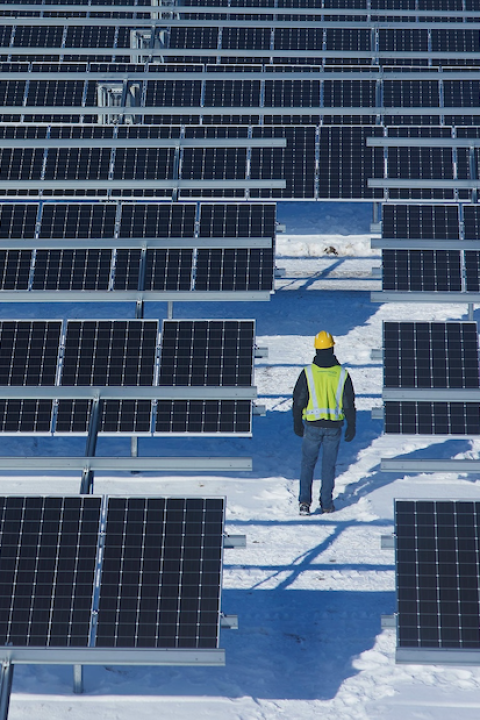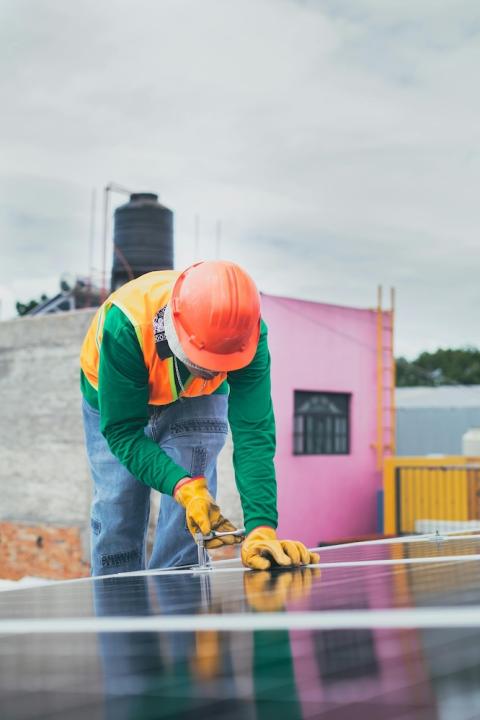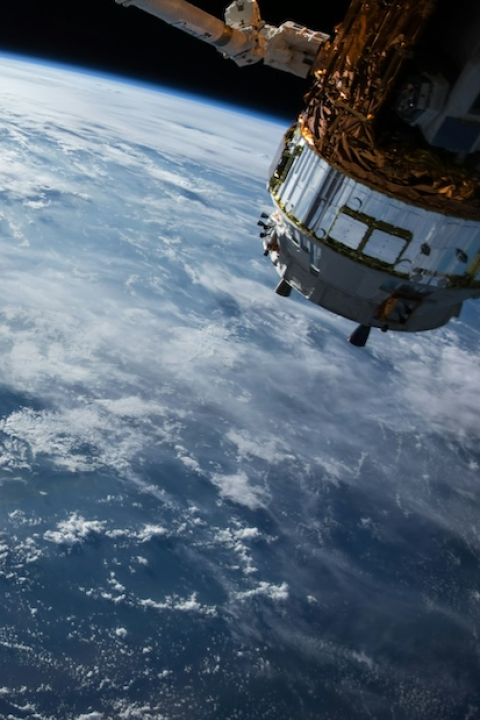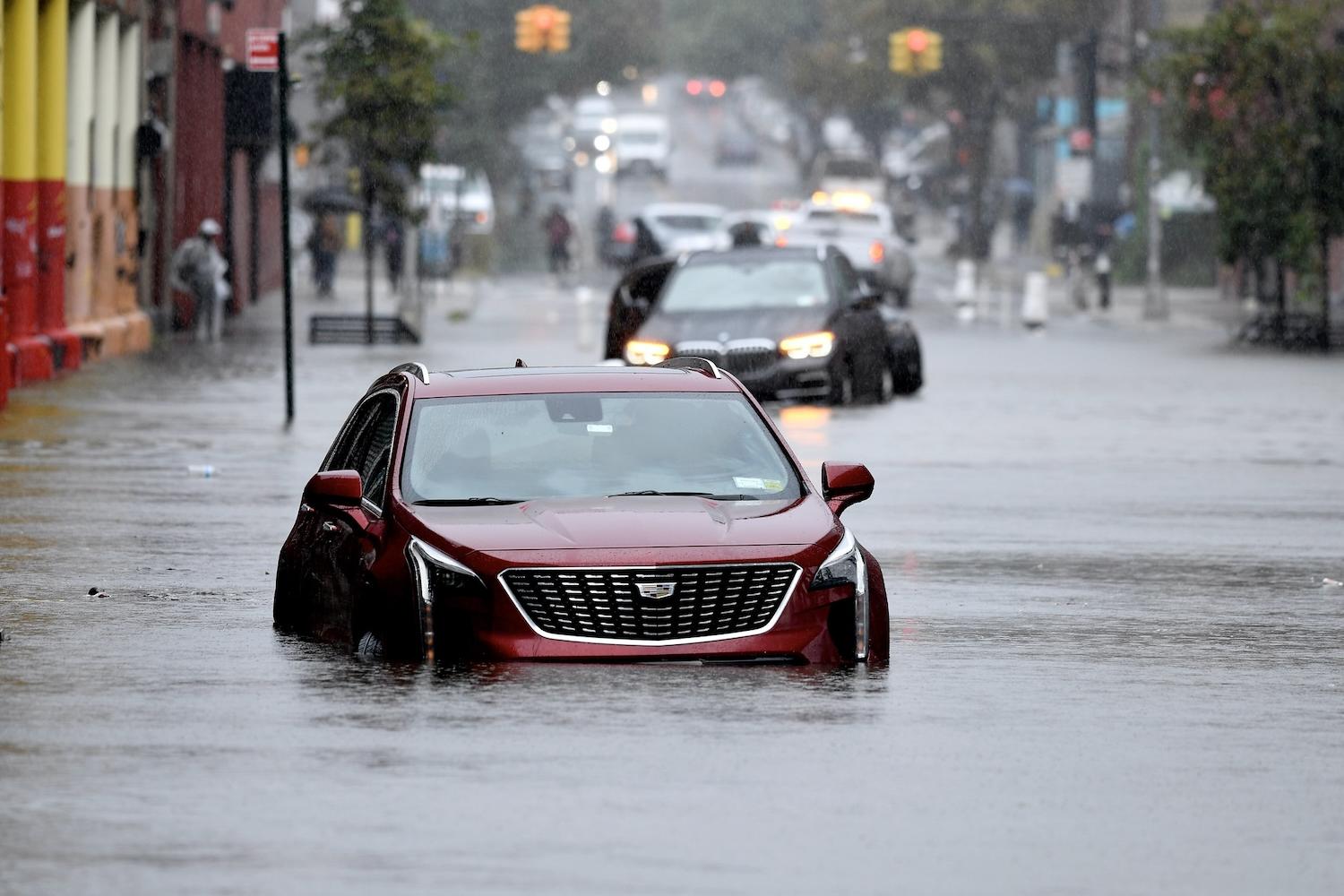
Flooding traps cars on 9th Street near 2nd Avenue in Manhattan, New York City, on September 29. (Image: Metropolitan Transportation Authority/Flickr)
Recent scenes from New York City of stranded cars, closed subways and pedestrians in hip-deep water are shocking, but unfortunately they should no longer come as a surprise. Extreme weather, worsened and amplified by climate change, is devastating communities and permanently reshaping landscapes worldwide. This year, disasters drained the U.S. Federal Emergency Management Agency's relief fund before the peak of the Atlantic hurricane season.
“In 2023, there have been 23 confirmed weather/climate disaster events with losses exceeding $1 billion each" — a new record for the U.S., the National Oceanic and Atmospheric Administration (NOAA) reported last month. Insurance companies in disaster-affected states such as California, Florida and Louisiana have announced they will no longer write new policies, raising questions about the long-term insurability and outlook of otherwise vibrant state economies. The U.S. National Flood Insurance Program needs to be reauthorized in November.
Globally, rising borrowing costs have increased the burden of climate risks, presenting a particular dilemma for developing countries that face increased climate risk yet have limited fiscal space to invest in needed infrastructure to build resilience to climate-related disasters.
As we face the full and growing proportions of the climate crisis, we will need to consider new approaches to planning for and responding to chronic and acute physical risks.
In the aftermath of the Maui wildfires, U.S. President Joe Biden pledged to support Hawaiians in the recovery and reconstruction to “build back better." This phrase was brought into widespread use after the Indian Ocean tsunami in 2004 and the Haiti earthquake in 2010. It sounds appealing. But a new approach is needed to address the impacts of extreme weather, which are projected to worsen. As NASA climate scientist Peter Kalmus recently noted, “This is the merest beginning of what we’re going to see in coming years.”
We need a new approach to disaster recovery — one that considers the scale and scope of climate risks, prioritizes communities, and remains adaptable to a planet whose physical characteristics are irreversibly changing. We must expand how we respond to, and recover from, climate-driven weather shocks to strengthen economic and societal resilience.
A first step will be to recognize the nature of the risks we face. These risks include the Black Swan catastrophic events that fall in the low-probability, high-impact “fat tails” of statistical probabilities. As climate instability increases, once-rare events will become more frequent, more intense and more damaging. Compounding risks — where one risk factor, such as hurricane-driven winds, triggers another risk factor such as wildfires — become the norm. Even worse, these new risks include cascading impacts if global temperature increases exceed Paris Agreement goals and we breach tipping points that irreversibly destabilize weather patterns. Consider that this year NOAA recorded the highest average global surface temperature for July since global records began.
Dealing with these risks means that when infrastructure is rebuilt, it will be essential to consider a broader range of climate conditions and potential impacts than existing building codes, emergency operations plans and capital investments might suggest would be necessary.
A second step would be to recognize that affected communities should dictate the pace and priorities of recovery efforts in order to enable them to build their communities back better. Vulnerable and underserved populations are also those disproportionately impacted by disasters. In the U.S., Justice 40 aims to help rectify that. Internationally, calls for debt relief, a global loss and damage fund, and climate repatriations aim to drive capital into climate-affected communities to make up for systemic injustices.
Directing investment to these communities is important, coupled with a place-based, community-led approach to recovery, to reduce the risk of disaster opportunism. Such an approach may be slower, as some expect will be the case in rebuilding in Hawaii, and more challenging, as was the case in Princeville, North Carolina, after Hurricane Matthew in 2016. It will require more creativity, inclusivity, and responsiveness to local conditions and needs. Such an approach will indeed strengthen resilience and will involve close community engagement and consistent effort.
A third step is to recognize that in some cases, confronting the realities of a changing planet will involve difficult questions about whether certain lands should be re-developed. For example, in Alaska, a remote village of 260 people located 125 miles east of Nome has moved to its third location. Residents may need to move again because the area remains susceptible to storms and winds, with decisions informed by climate change vulnerability and risk assessments conducted by WSP and Bristol Engineering Services, an Alaskan Native Corporation. Many risks of climate impacts, such as flooding and the consequences under current and future climate conditions, are manageable today, particularly with clear strategies to adapt to rising seas.
As disasters mount, we must confront hard choices about where and how to invest limited resources to create a livable future. We also need to rethink risks and how we can rebuild infrastructure that can withstand these future risks — in its full range of forms — and support community resilience. Specific answers will depend on each affected community's challenges, whether catastrophic wildfires, extreme heat, the accelerating impacts of drought and floods, or a potentially compounding combination. If we adjust our investment approach now and engage communities that are harmed or at risk, we can reduce economic and societal damage in the future.
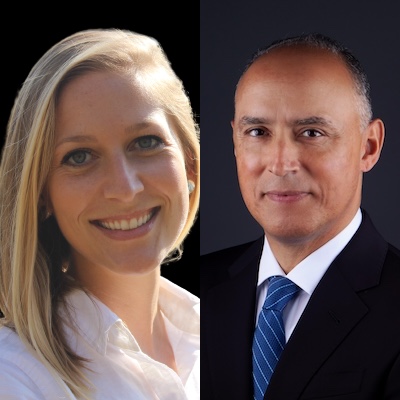
Darius Nassiry is Vice President and Lauren Kovach Geraghty is Project Director on the Climate Finance team at WSP, one of the world's leading engineering, environment, and professional services firms.
Read more stories by Darius Nassiry and Lauren Kovach Geraghty



